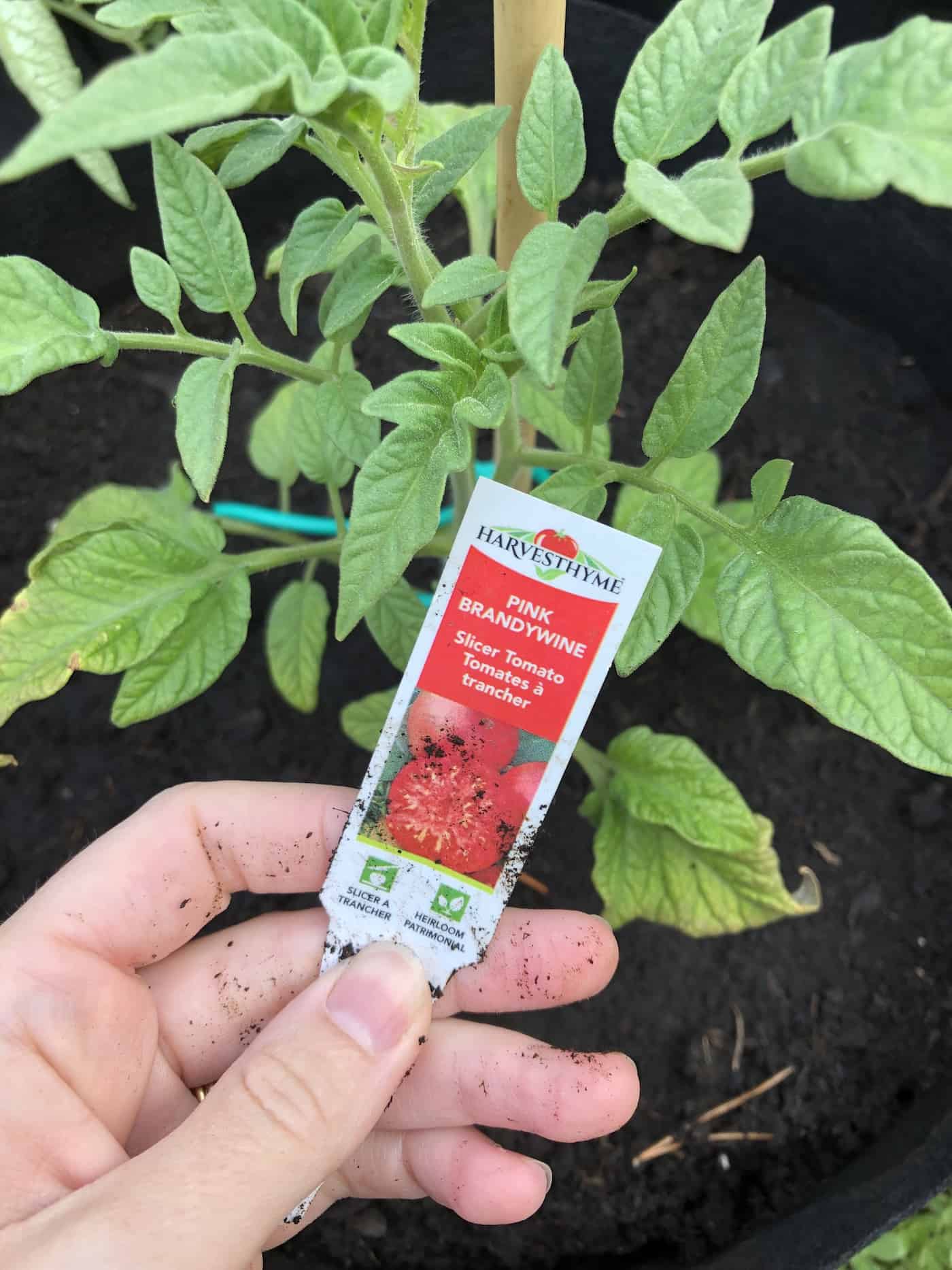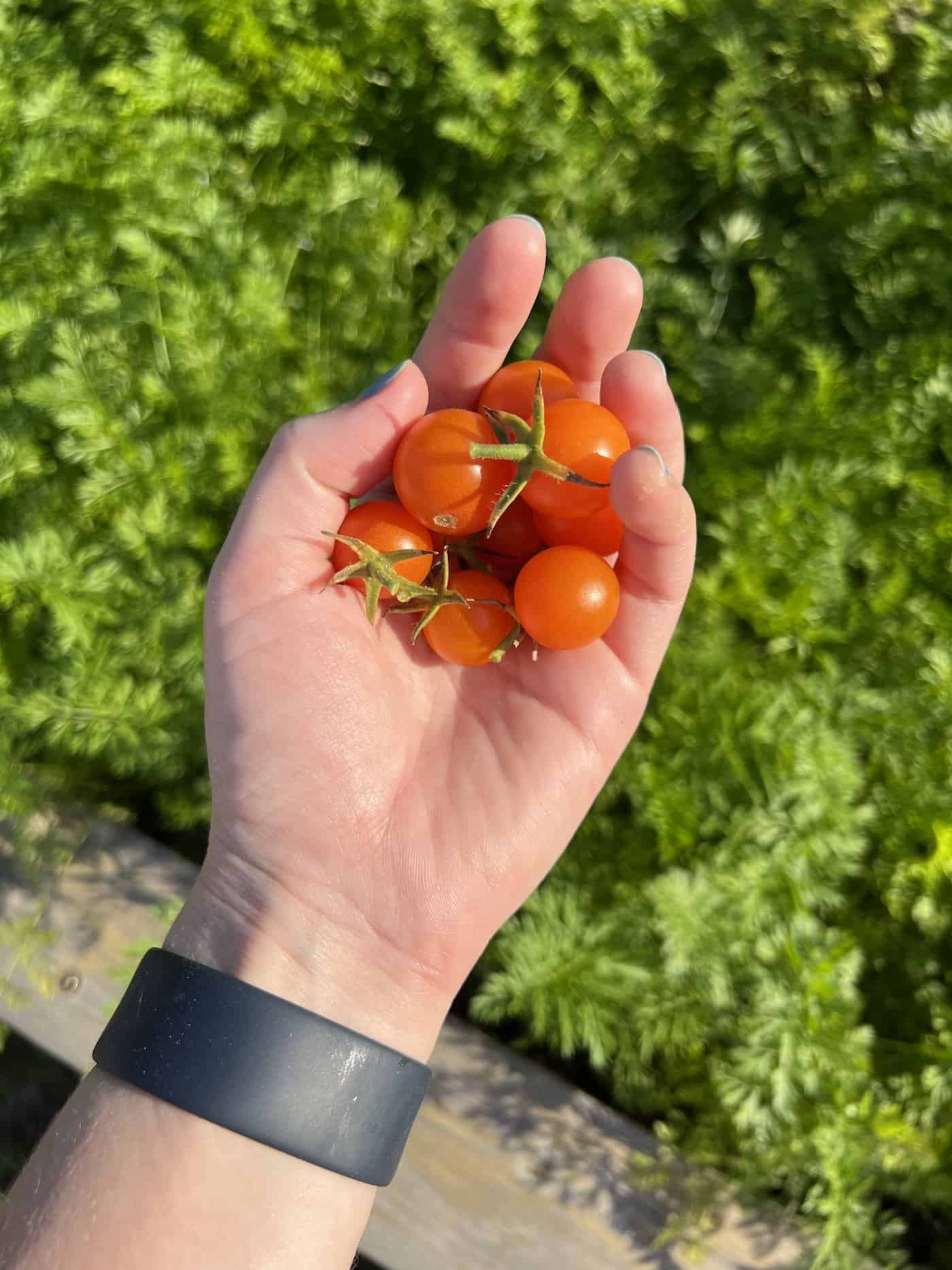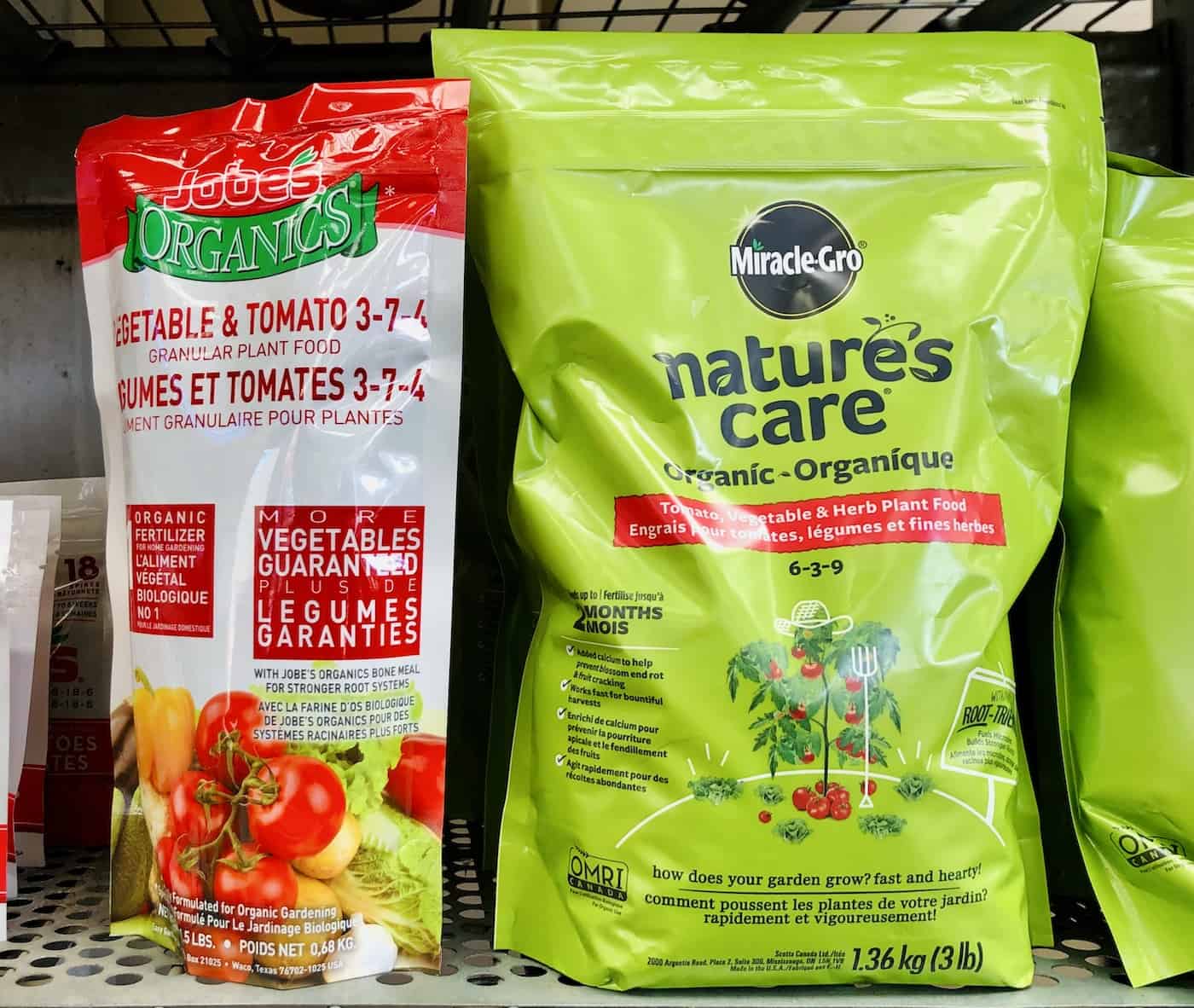Fertilizer your tomatoes correctly is the key to a strong harvest. Unfortunately, if done incorrectly, it can also mean an early end to your season. If you’re wondering when to fertilize tomato plants, you’re already on the right track!
The right fertilizing strategy depends on the quality of your soil, the performance of your plants, and the type of fertilizer you choose. But generally, tomato plants need fertilizer around twice per season at minimum: soon after planting and just before fruiting. Additional applications may be needed when using low-concentration or liquid fertilizers. It’s also important to avoid over or underfertilizing as this imbalance will only lead to more issues.
Why fertilizer is important for tomatoes
You’ve probably heard that tomatoes are considered heavy feeders, needing lots of nutrients to grow successfully. While this term has some truth to it, it can also be easily misunderstood.
Tomatoes don’t need excessive fertilizing (and can be at risk of root problems if they are overfertilized). Instead, the term simply means that tomatoes will require more than just nutrient-rich soil to thrive.
These plants rely on more frequent fertilization throughout the growing season than some other crops. The right balance of nutrients will give you the strongest possible harvest, but make sure you don’t overdo it, as giving them more than they need can have detrimental effects like root burn and yellowing leaves.

When is the best time to fertilize tomatoes?
I like to fertilize my tomatoes twice every season. The first time is soon after planting (but not at planting time) and the second is just before they start to develop fruits.
Although you can apply fertilizer to the soil when you first transplant your seedlings into their final home, this does increase the risk of fertilizer damage as the roots are still adjusting to their new environment. It’s best to allow transplanted tomatoes some time to acclimate without a sudden nutrient surge, which could exacerbate transplant shock symptoms.
That doesn’t mean you shouldn’t consider soil health and nutrients at planting time. A mixture of compost, bone meal, or worm castings with the soil at the bottom of the planting hole and around the base of the plant will provide ideal conditions for growth without the risk of overfertilizing.
I typically apply the first round of fertilizer about a month after planting and the second round of fertilizer at the beginning of fruiting to help the plants produce bigger and better fruits. Late-season fertilizing can negatively impact the fruit, so it’s best to plan your second application early.

What fertilizer do tomatoes need?
Understanding the NPK (Nitrogen, Phosphorus and Potassium) value of your fertilizer is vital for providing your plants with what they need at the correct time. Additional secondary and micronutrients – like calcium, magnesium and iron – are also required for all-round plant health and strong fruits.
At planting time, tomatoes need an abundance of nitrogen for leaf production – an essential component in the plant’s energy production. Depending on your soil’s nitrogen content, a balanced 10-10-10 or a 10-5-5 fertilizer works well. As the plant begins fruiting, switch to a fertilizer with a higher phosphorus and potassium content (like a 5-10-10) to focus the plant’s energy on fruit production.
Regular observation of your plants and periodic soil tests can identify nutrient deficiencies that need to be addressed. Unnecessary application of nutrients can cause more problems than it solves, so rather understand what you’re dealing with first before making any amendments.
How to apply fertilizer to tomato plants
Application methods for your fertilizer will depend on its type. Liquid fertilizers can be applied directly to the soil around the plant. Slow-release fertilizers are sprinkled and gently worked into the soil around the stem. After application, water the plant slowly and deeply to allow the granules to break down and release nutrients.
If you’re using a liquid fertilizer, regular application every few weeks after fruiting may be needed, as these nutrients can be washed away with watering. Powdered fertilizers provide nutrients in small doses over time, limiting the need for frequent applications.
Always water your tomatoes before fertilizing. Underwatered plants can absorb fertilizer faster than they need, potentially causing damage.

Signs of overfertilization and underfertilization in tomato plants
If you’re growing and feeding tomatoes for the first time, understanding the signs of nutrient imbalance can help prevent growth issues or worse, no fruits to harvest at the end of the season.
The most general sign of underfertilizing is stunted growth. Leaves may appear yellow – particularly the older, lower ones – suggesting a nitrogen deficiency. Purple or red discoloration on the underside of leaves can also indicate a phosphorus or potassium deficiency. These issues are not particularly common unless your soil is very nutrient-poor, but they are issues to keep an eye out for.
Overfertilization can also cause a range of problems. An excess of nitrogen will give you lush green foliage but no fruits as the plant focuses energy on leaf production rather than flowering and fruiting. Fertilizer burn (scorching or wilting of leaves and yellow or brown discoloration) is another common symptom.
In both cases, the first step towards resolution is to have your soil tested. This allows you to understand the nutrient levels in your soil and make more informed decisions on the type and amount of fertilizer to apply.







